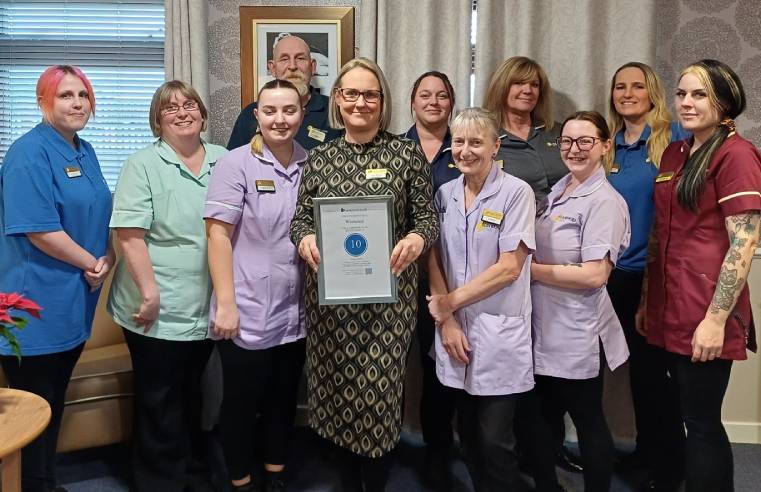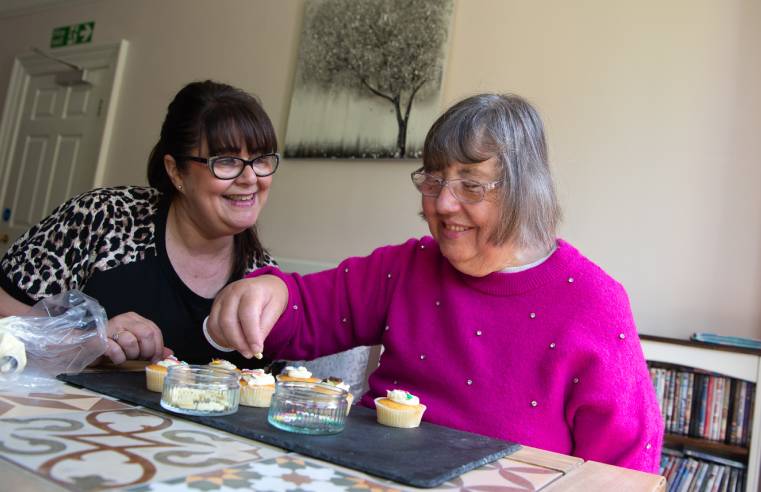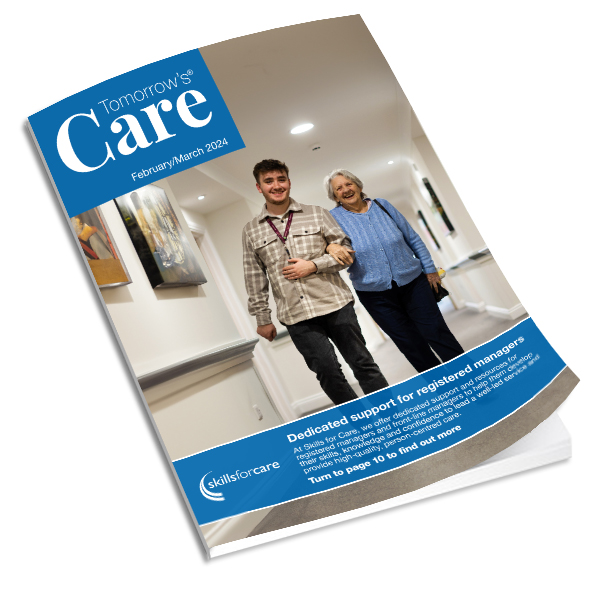Across England as a whole, spending by councils on social care per adult resident fell by 11% in real-terms between 2009–10 and 2015–16, a study from the Institute of Fiscal Studies has shown.
Published figures suggest around six-in-seven councils made at least some cut to their social care spending per adult resident, and one-in-ten made cuts of more than a quarter.
Spending fell by most on average in London (18%) and metropolitan districts (16%) covering urban areas like Greater Manchester, Merseyside and Tyneside. More generally, cuts were larger in the north of England than the south.
Cuts were also larger, on average, in areas that in 2009–10: spent more on adult social care; had higher assessed spending needs; and were more dependent on central government grants.
These are among the main findings of a new report by researchers at the Institute for Fiscal Studies, funded by the Health Foundation, which analyses official spending data on councils’ social care spending.
Commenting on the report, Caroline Abrahams, Age UK’s Charity Director said: “This new report lays bare the extent of the care crisis and explains why so many older people are now missing out on the help they need, often with disastrous consequences for them personally and for other public services, most notably our hospitals.
“It also reveals an unacceptable postcode lottery, and there can be little doubt that how much care you receive and indeed whether you get it at all varies considerably between different areas of the country.
“This is deeply unfair and frankly unacceptable, given how important care is to an older person’s health, wellbeing and independence. The care crisis is a national problem demanding a national solution and we look to the Government to bring forward proposals for solving it in their forthcoming Green Paper.”
The report also found that there remains significant variation in councils’ social care spending across the country: spending was less than about £325 per adult resident in a tenth of council areas, while it was more than about £445 per adult resident in another tenth of council areas in 2015–16.
Councils where there are more people over pension age (particularly those entitled to means-tested benefits), and where levels of disability benefit claims and deprivation are higher, tended to spend more on social care. Higher local earnings levels are also associated with higher levels of social care spending.
Even so these ‘spending needs factors’ only explain a small proportion of the variation in spending across councils. Indeed, councils’ ‘scores’ in the last official needs assessment in 2013–14 can only explain around 13% of the variation in what they actually spent on social care per person in 2015–16.
In part, this may reflect inaccuracies in that needs assessment, and the fact that by 2015–16, the assessment was two years out of date. But it will also reflect that given similar needs, different councils are likely to make different trade-offs between spending on adult social care and spending on other services. And they have different overall budgets (from council tax, business rates, and grants) from which to fund their service spending.
In addition to council spending, care recipients often contribute towards the cost of their care through fees and charges. These raise an average of £63 per adult resident, but the amount varies widely: one-in-ten councils raise less than £35 per adult resident, while a further one-in-ten raise £95 or more.
However, there is no clear relationship between local authorities’ own spending and fee income. It is not the case that all high spenders charge lower fees, nor that all low spenders rely on high income from co-payments to meet costs.
Polly Simpson, a research economist at the IFS and an author of the report commented: “The spending cuts analysed in our report have been accompanied by a substantial fall in the number of people receiving social care: down 25% across England, between 2009–10 and 2013–14 alone.
“Cuts have therefore been delivered, in part, by removing care from many people, with those still receiving care presumably those with the highest needs. What all this means for the quality of care received, the welfare of those no longer receiving care, and other services like the NHS requires further research to answer.”
“One thing that stands out in these figures are the big differences in spending per adult on social care among councils assessed to have very similar spending needs by the government” added David Phillips, an associate director at the IFS and another author of the report. “Whether this means spending needs assessments are inaccurate, or reflects differences in available funding or the priority placed on social care relative to other services or council tax levels, is unclear. But it emphasises that the government has got its work cut out in its ‘Fair Funding Review’ of how to measure different councils’ spending needs from 2019 onwards. That debate could get quite fraught.”























